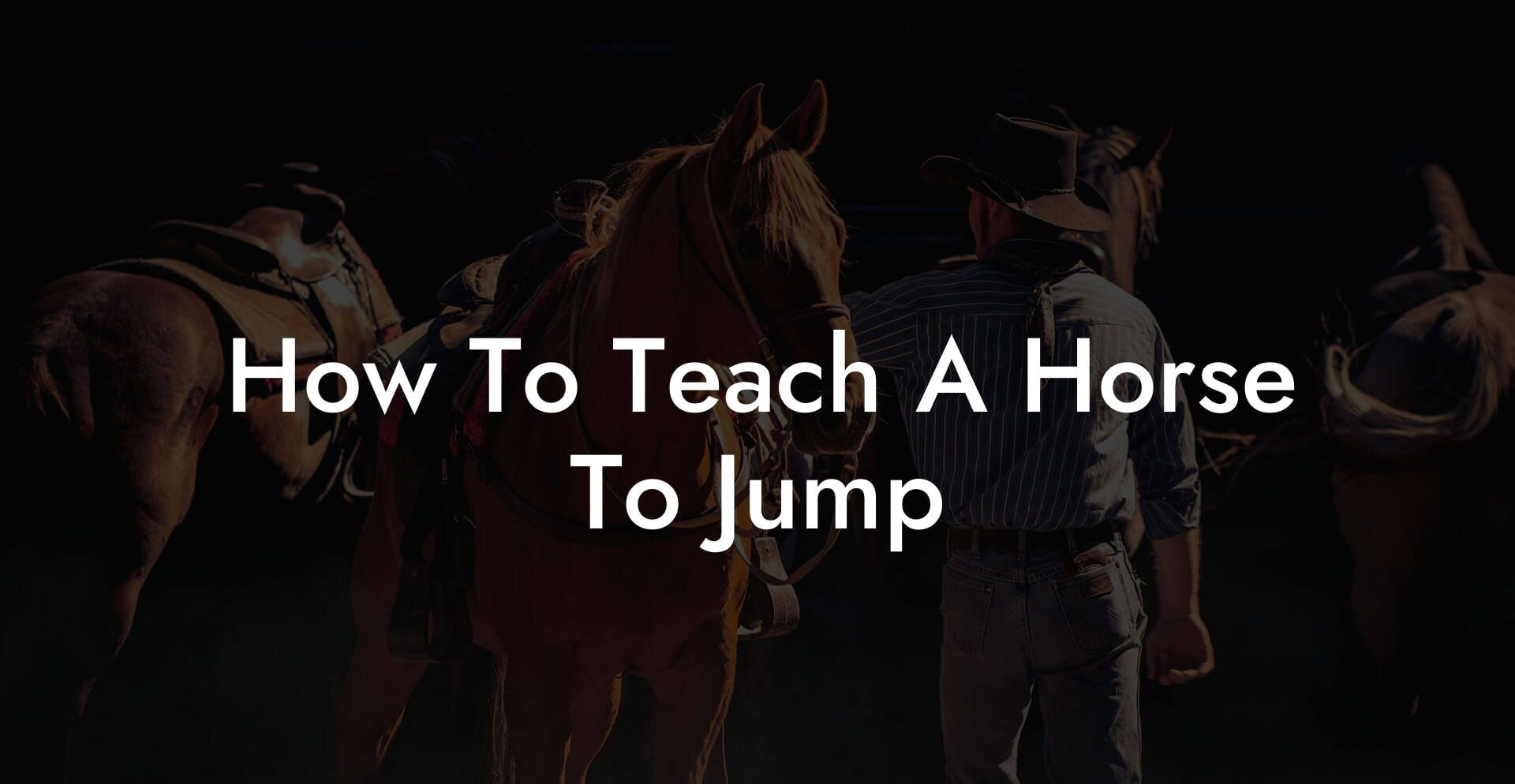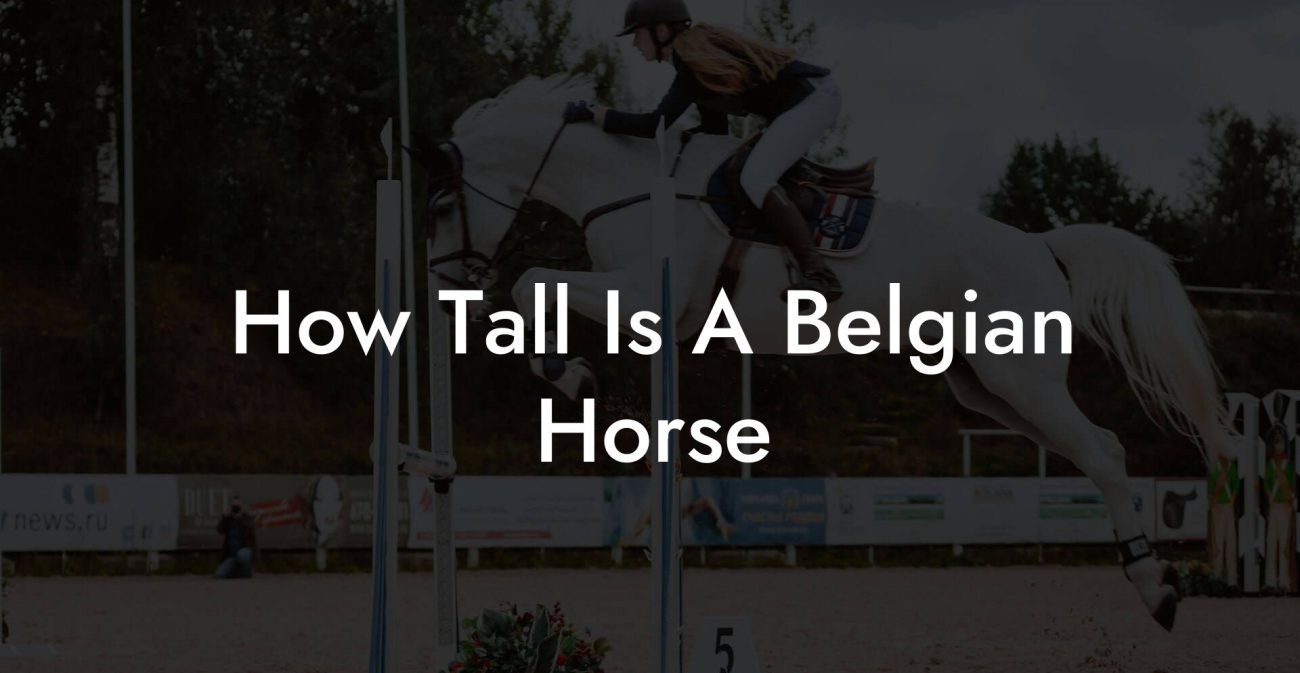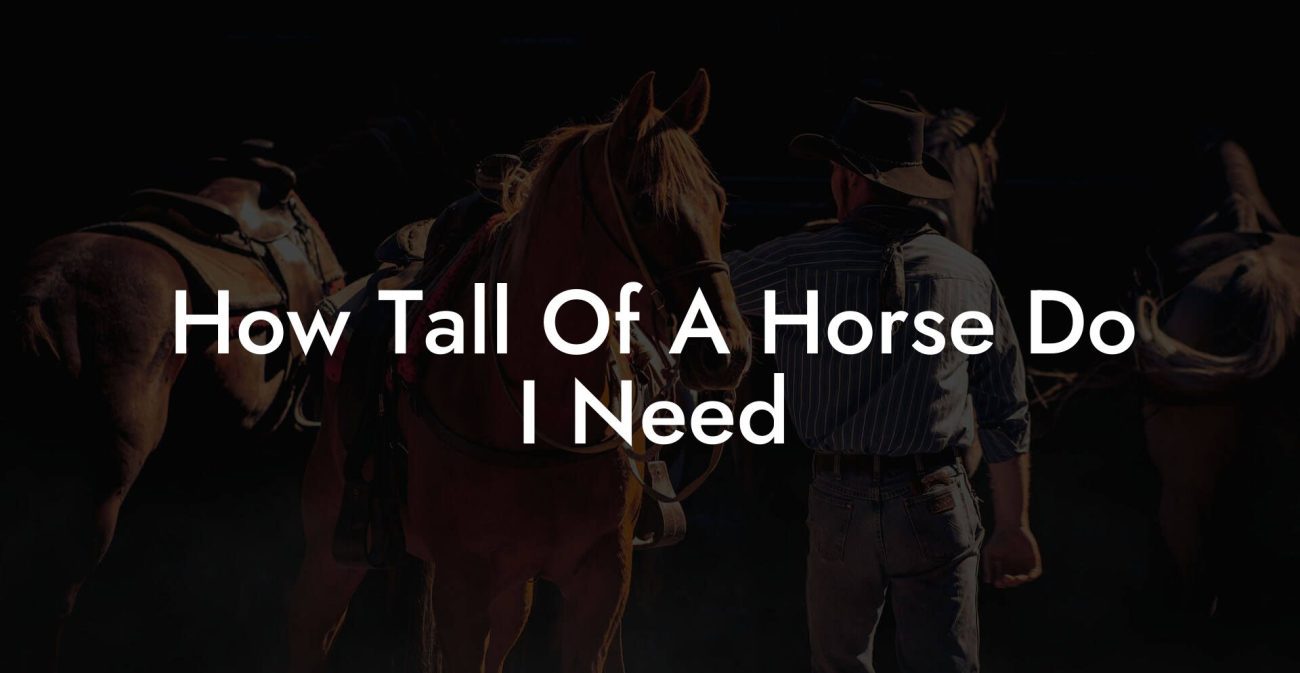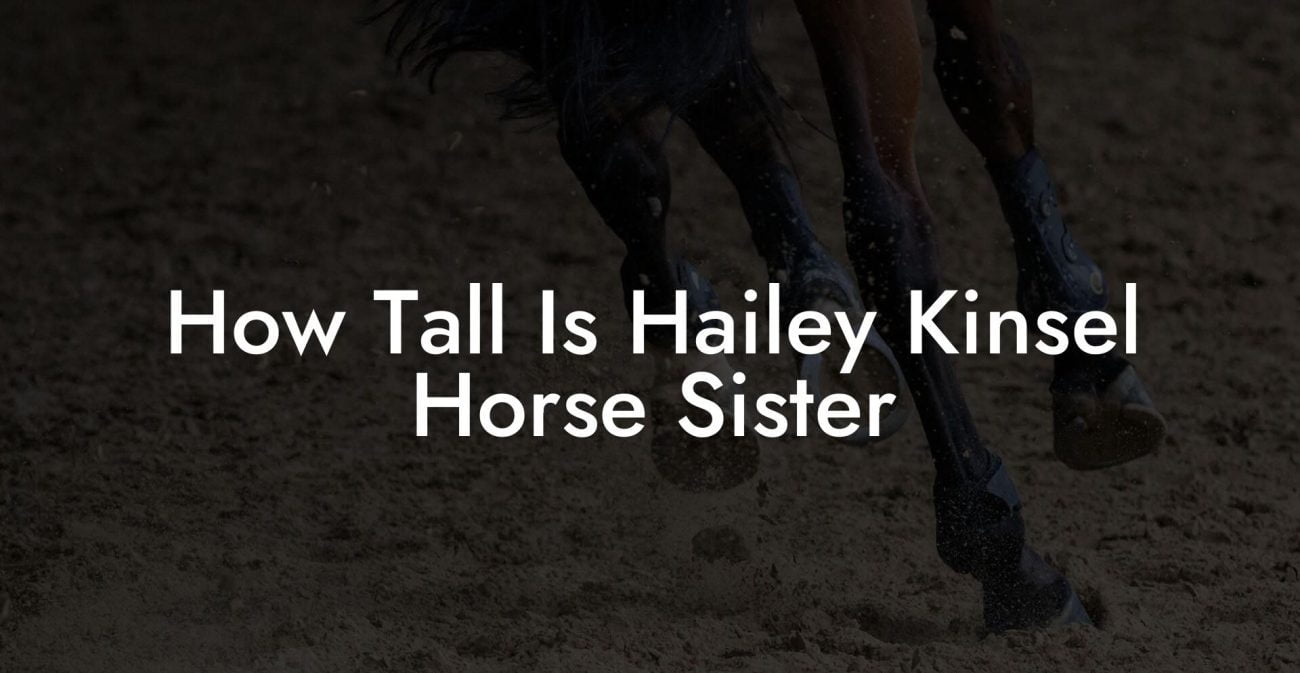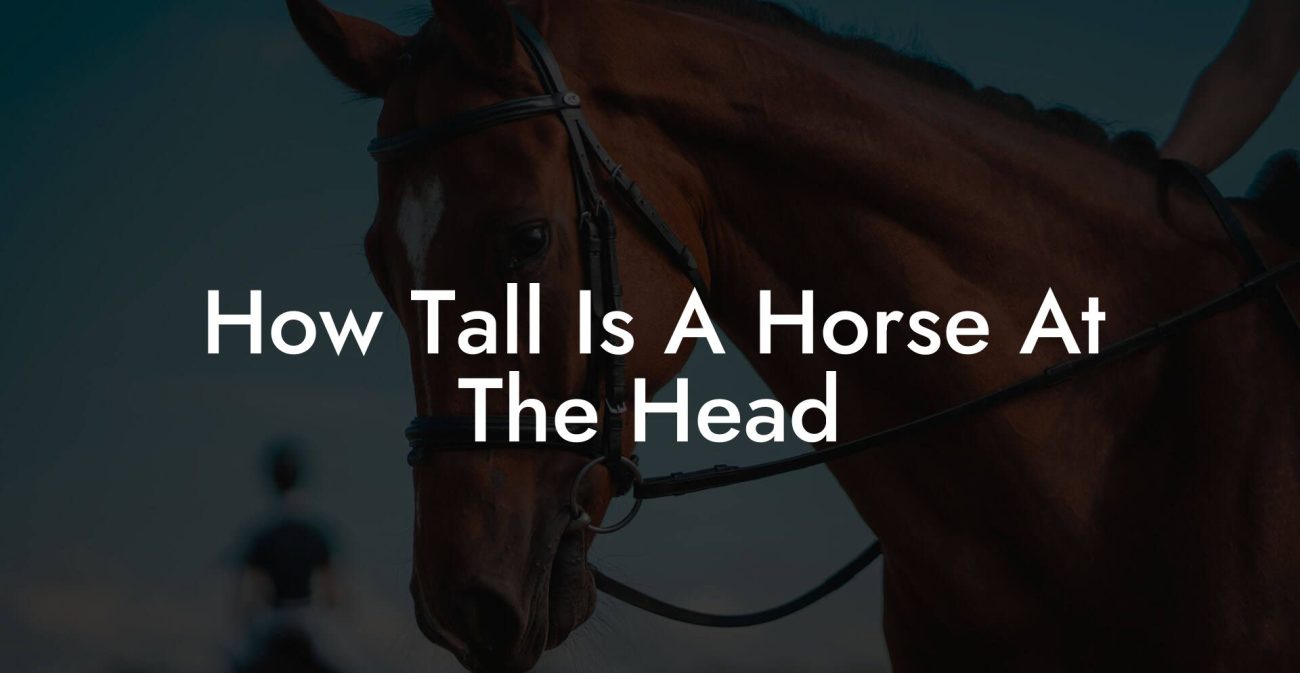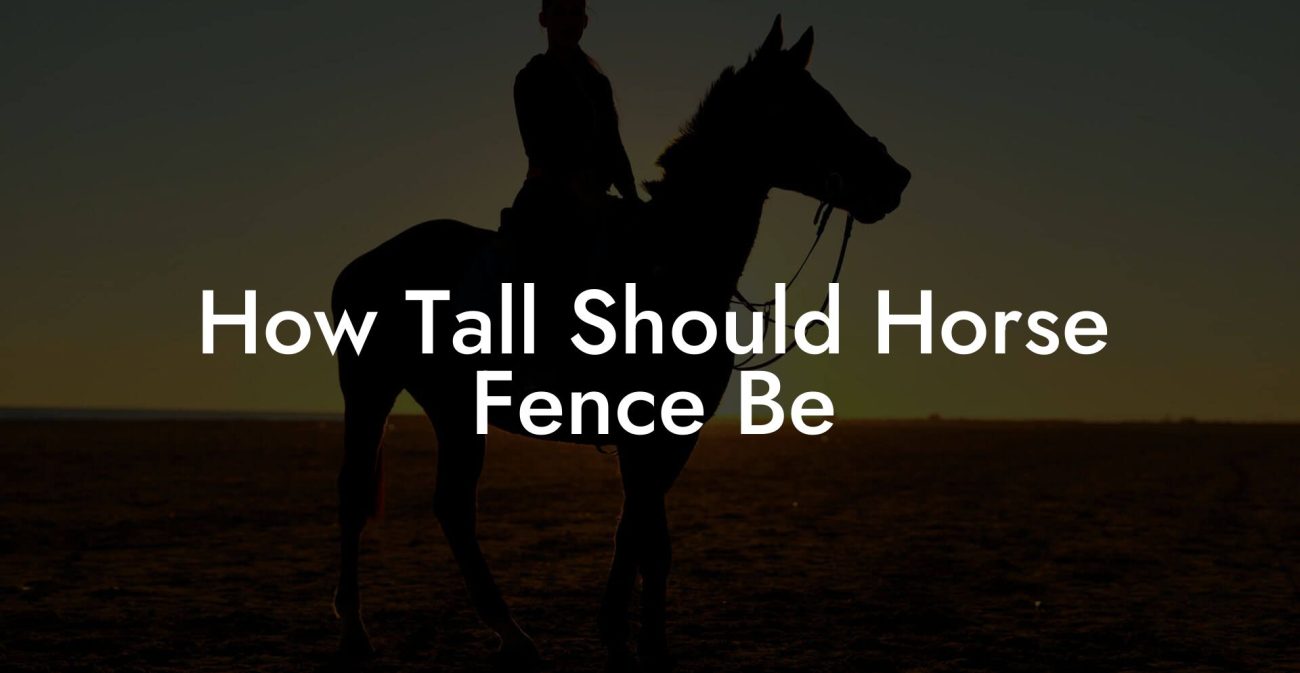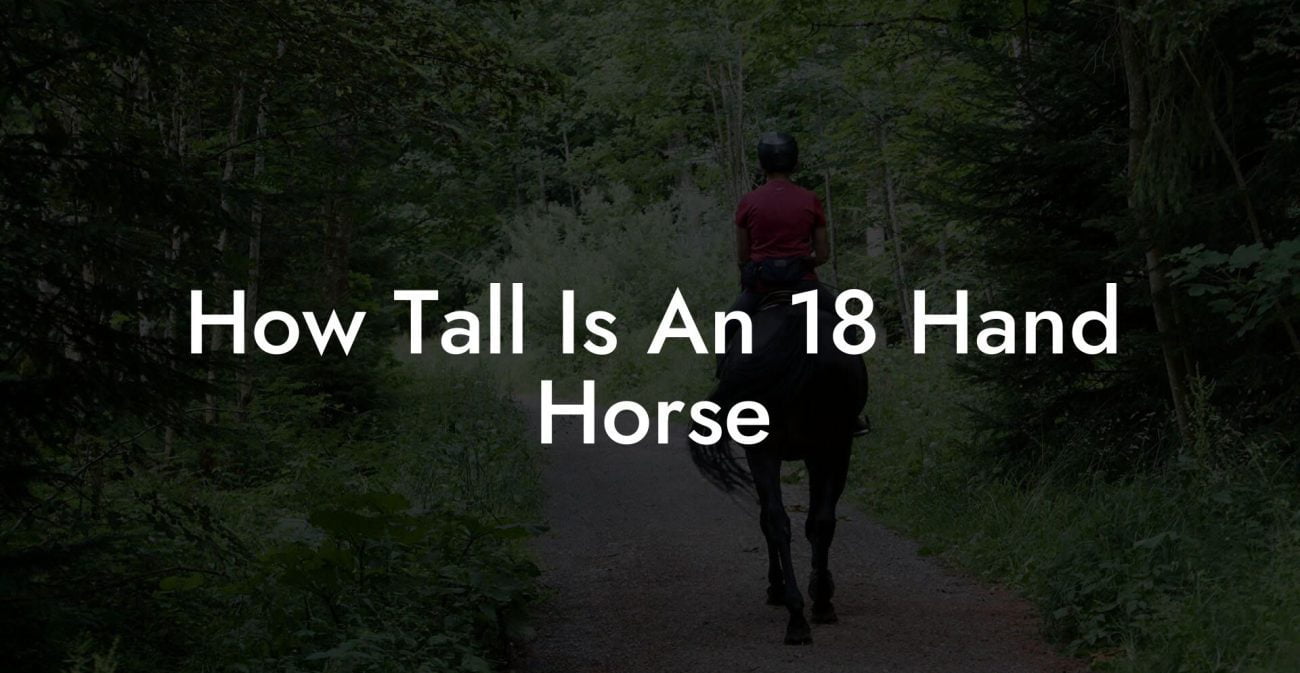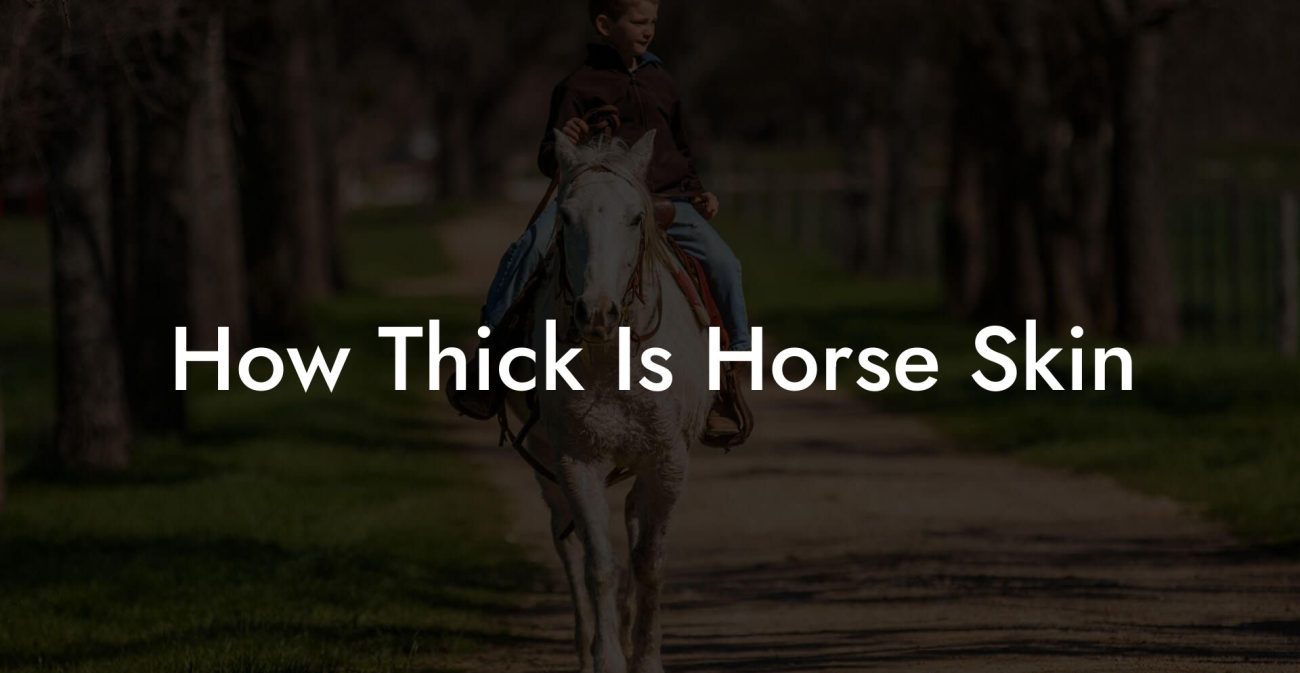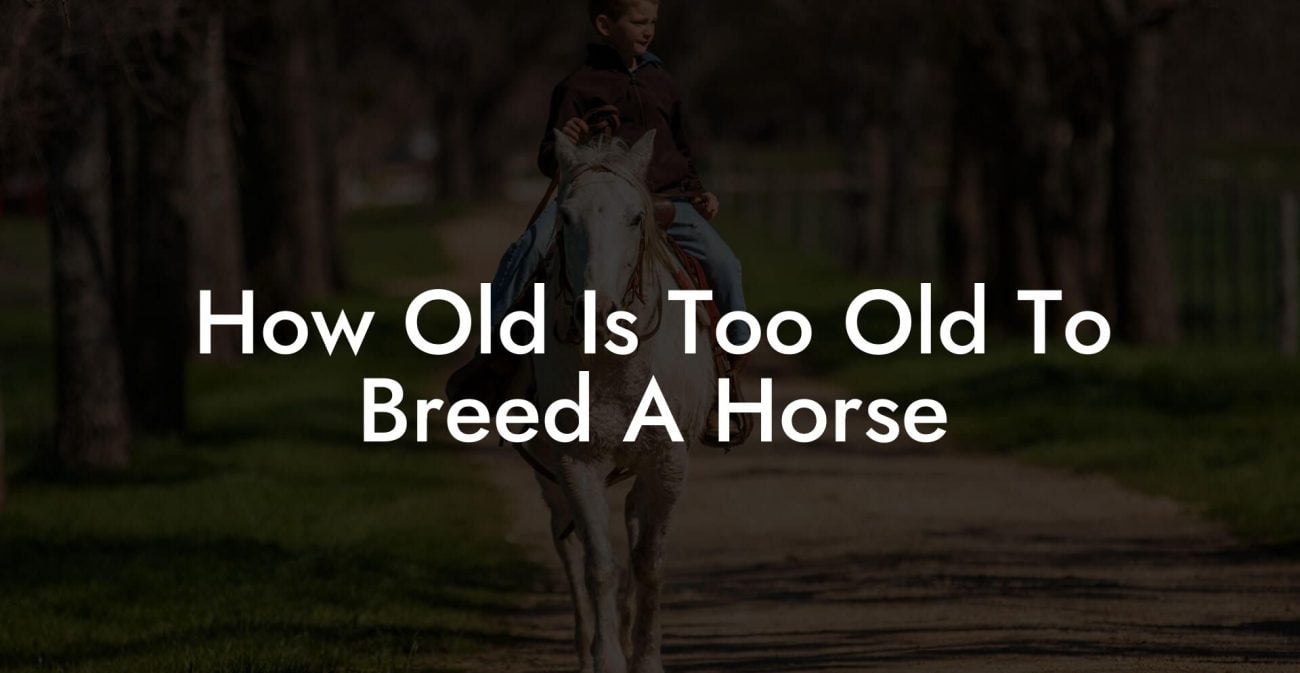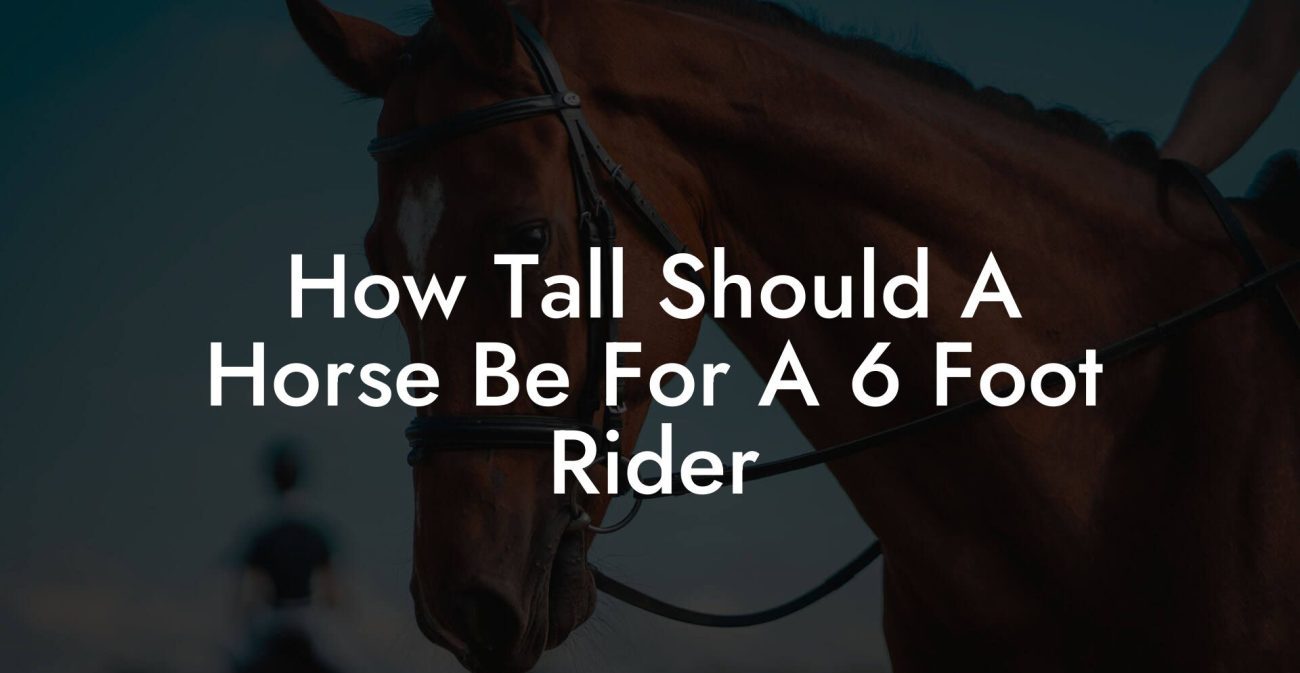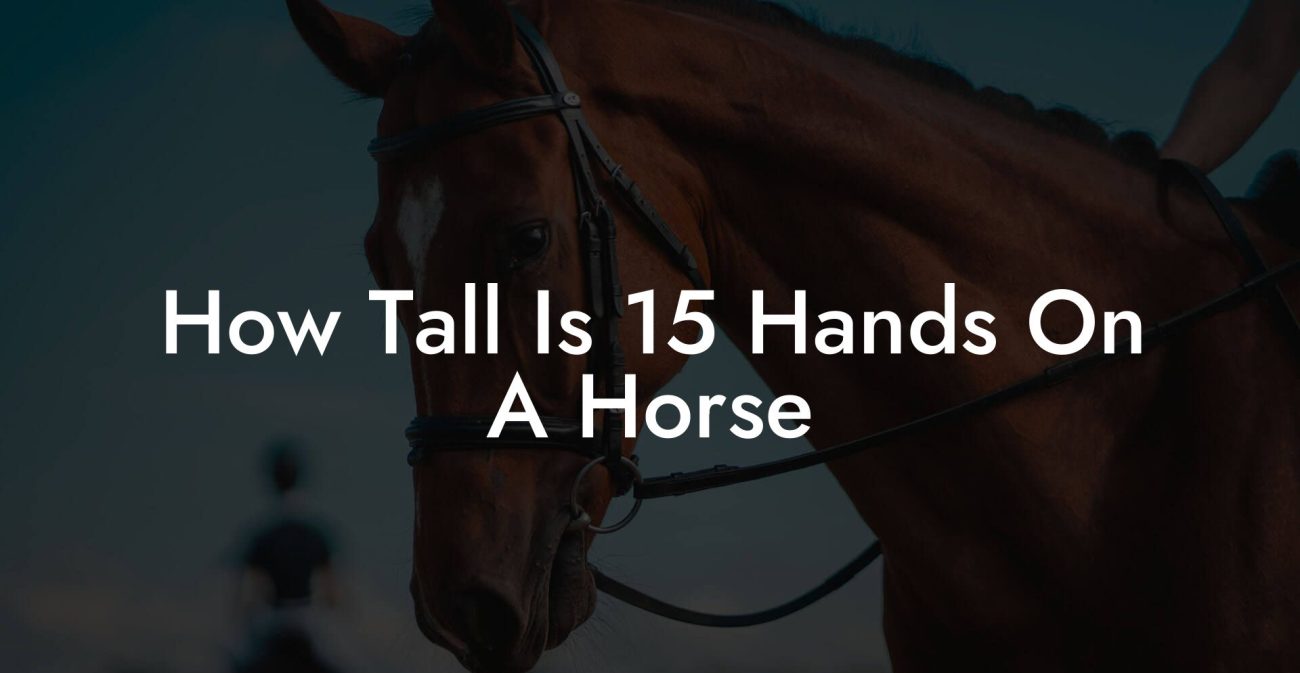If you've always dreamed of owning a horse that gracefully clears fences and soars through the air, you're in luck! Teaching your horse to jump is an exciting and achievable goal. However, it requires patience, dedication, and proper techniques. In this guide, we'll walk you through the steps to teach your horse to jump with confidence and grace.
How To Teach A Horse To Jump Table of Contents
Step 1: Establishing a Solid Base
Step 2: Introducing Small Jumps
Step 3: Developing Rhythm and Balance
Step 1: Establishing a Solid Base
Before you begin introducing your horse to jumping, it's essential to establish a strong foundation of flatwork and gymnastic exercises. This will enable your horse to develop the strength and balance necessary for successful jumping. Some key exercises to incorporate into your horse's training include:
- Transitions between gaits
- Leg yielding
- Shoulder-in and haunches-in
- Collection and extension work
- Pole work and cavaletti exercises
Step 2: Introducing Small Jumps
Once your horse is comfortable with basic flatwork and gymnastic exercises, it's time to start introducing small jumps. Begin with a low cross rail or trotting pole to encourage your horse to step over rather than jump. Gradually increase the height and width of the jump as your horse becomes more confident. Keep in mind that safety should always be a top priority, so use jump standards with breakaway cups and ensure your horse is wearing proper protective boots.
Step 3: Developing Rhythm and Balance
Developing a consistent rhythm and good balance between the rider and the horse is crucial for successful jumping. Practice approaching the jumps at a steady pace, maintaining contact with your horse's mouth, and using your leg to encourage a rhythmic stride. Work on improving your rider position with a strong lower leg, a deep heel, and an aligned posture to help your horse balance over fences.
Gridwork and Gymnastics
An effective way to develop rhythm and balance in your horse's jumping is through gridwork and gymnastic exercises. These exercises consist of several jumps placed at varying distances, which encourage the horse to maintain a consistent stride and develop its jumping technique. Examples of grid work include:
- Trot poles leading to a cross-rail
- A series of small verticals set at a one or two stride distance
- Combination jumps, such as a one-stride double or a two-stride triple
Step 4: Building Confidence and Height
As your horse becomes more comfortable with jumping exercises, it's time to increase the difficulty. Gradually raise the height and width of jumps, incorporate more challenging combinations, and introduce new jump styles, such as oxers or triple bars. Always ensure that your horse remains confident and relaxed during this process and give plenty of praise when they succeed.
Step 5: Competing and Continuing Education
Finally, once your horse has developed the necessary skills to jump confidently, it's time to put those skills to the test in a competitive environment. Start with lower-level shows and gradually work your way up as you and your horse gain experience. Remember to always focus on safety and your horse's well-being as you continue to challenge yourselves in the world of jumping.
How To Teach A Horse To Jump Example:
Imagine you and your horse, Daisy, have been working diligently on establishing a solid base in flatwork. You've seen a noticeable improvement in her strength, balance, and suppleness during your riding sessions.
Now, you decide to begin incorporating small jumps into Daisy's training. Starting with a low cross-rail, you approach the fence with a steady pace and a confident position. Daisy steps over the jump with ease, and you gradually increase the height and width of the jumps over time.
By consistently practicing rhythmic approaches to fences and incorporating gridwork exercises, Daisy's confidence and ability continue to grow. Eventually, you and Daisy are ready to enter your first jumping competition, where you'll showcase your hard work and dedication to achieving this exciting goal.
Congratulations on taking the leap into the exhilarating world of horse jumping! With patience, persistence, and the proper techniques, owner and horse can enjoy an incredible journey of learning and growth together. Don't forget to share this guide with your fellow equestrians, and be sure to explore the countless other resources available on How to Own a Horse. Happy jumping!

